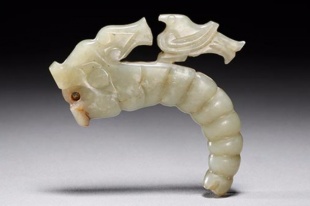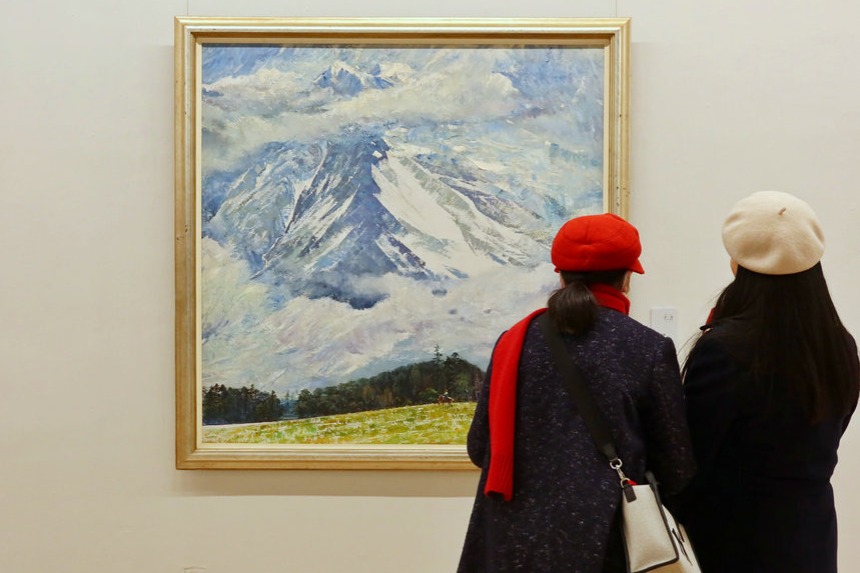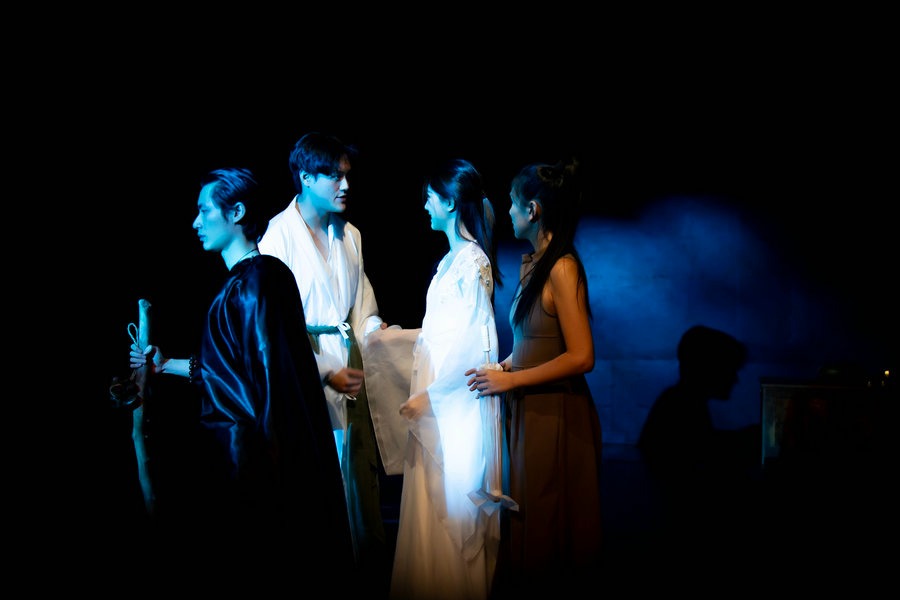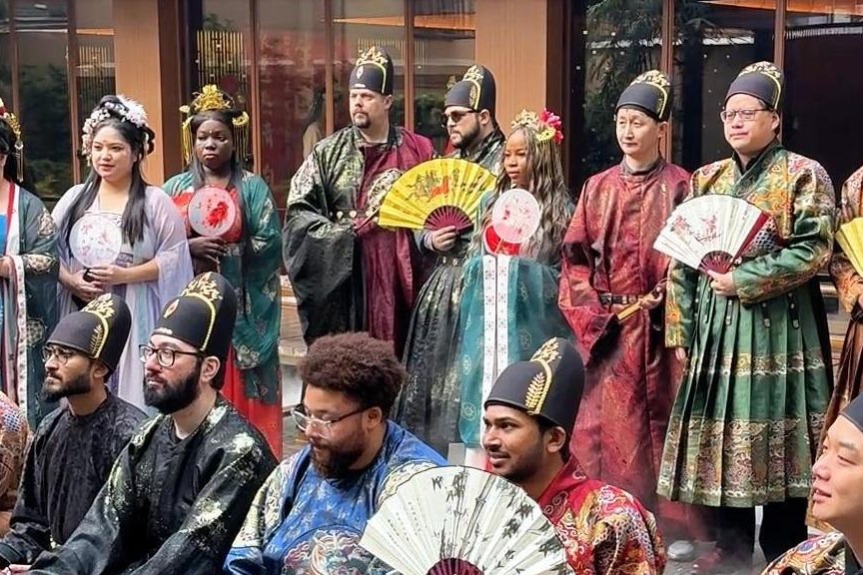A history wrapped in pure silk


Meanwhile, the gradual adoption of sericulture along the Silk Road did very little to hurt the reputation of Chinese silk. In fact, often the reverse was true.
"The high-quality Chinese silk was still able to set it apart from and above similar products made elsewhere," says Rong the historian.
"In a letter from the 10th century, a prince from a Xiyu country named Hva Pa-kyau pleaded with his mother the queen for more locally produced jade, to be used in his exchange for Chinese silk. This was seven centuries after sericulture's first arrival in Xiyu."
Artistic exchanges happened in due time, and the silk fabrics provided the perfect canvass for them. A tapestry unearthed in Xinjiang and dated to the Han Dynasty (206 BC-AD 220) features a centaur that seems to have charged directly out of Greek mythology. In another case, a piece of silk brocade, also from Xinjiang and dated to the era of Tang (618-907), is decorated with grapevines and pairs of facing roosters and rams. While the facing animals constitute a signature decorative motif of Sasanian Persia, the grapevines are believed to have been growing in the abundant sunshine of the Mediterranean, before finding another home in Xinjiang, where they took root both in the sun-drenched soil and in local art.
Yet the most telling example is a silk banner unearthed from neighboring Qinghai province. Believed to have come from between the fourth and sixth century, the banner has on it the horse-drawn chariot riding Grecian sun god Helio. But this Helio, during his eastward journey along the Silk Road, must have been subject to a heady mix of cultural influences. As a result, his seated position is that of the Buddha, legs crossed, on a lotus blossom. The way the silk was woven is unmistakably Chinese.





































